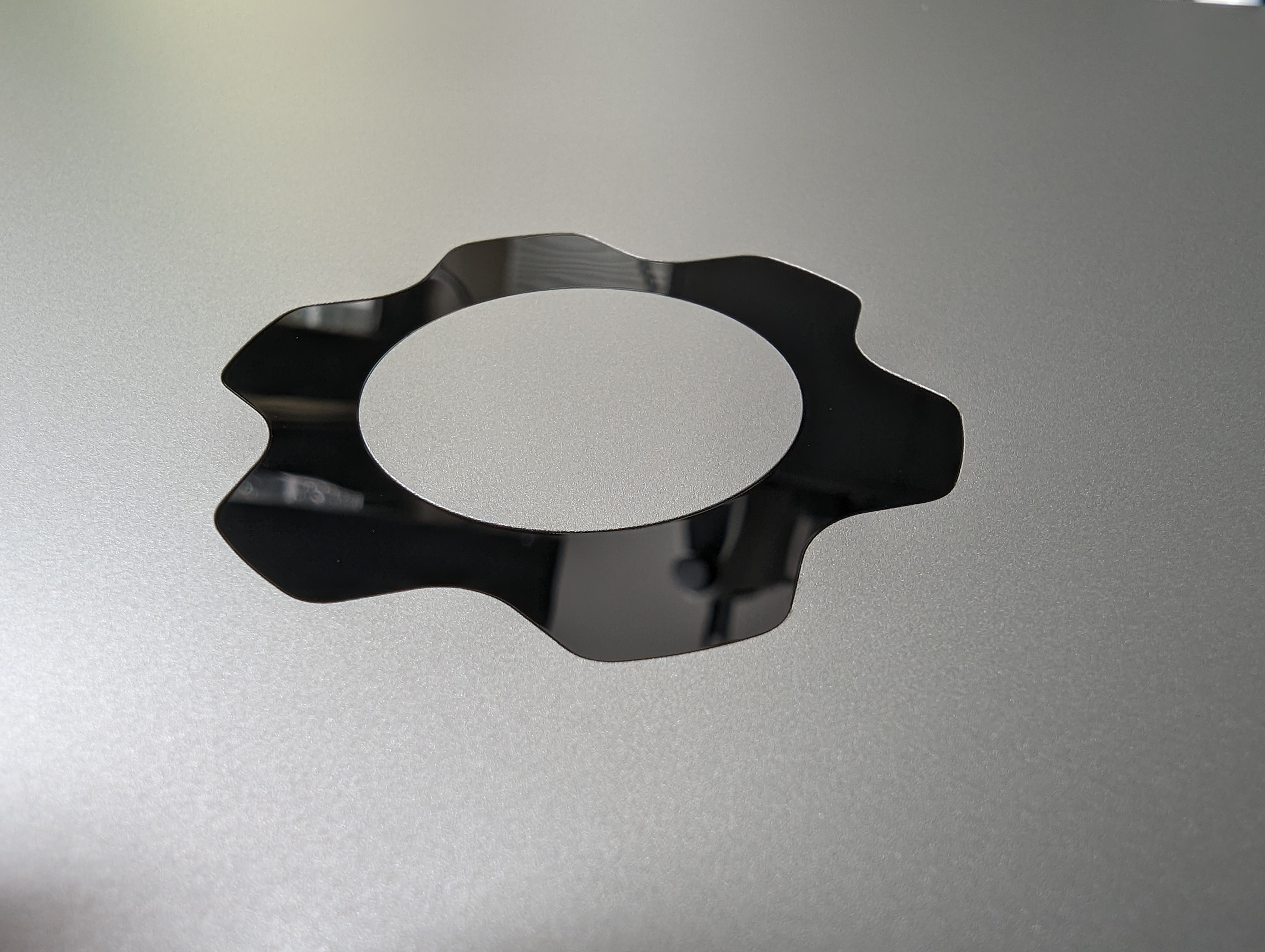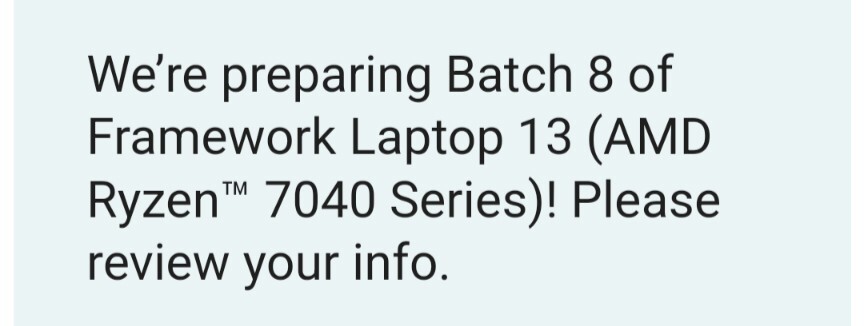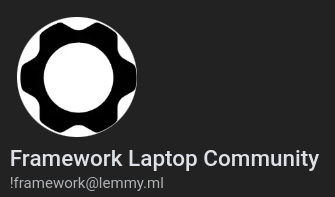Sloppy copy/paste below. TLDR delay until at least mid-December
————————————————-
Update on Framework Laptop 16 shipment timing
Based on the remaining engineering validation we need to complete and open issues that we are in the process of resolving, we have high risk on our first shipment timing (currently targeting mid-December) and on starting mass production early enough to get a substantial number of Q4-batch units out before the end of the year. We have dedicated engineering teams across Framework, AMD, our main manufacturing partner Compal, and our key module manufacturers working daily on closing the remaining open items, which we have more detail on below. We’re committed to transparency, and we’ll continue to keep you up to date with regular emails as we complete validation, start manufacturing ramp, and fulfill batches.
Note that we’ve fully built up factory capacity, so once we start mass production of Framework Laptop 16, we’ll be able to make our way through batches quickly like we have recently on Framework Laptop 13. We’ll also likely be fully through production of the pre-order backlog on Framework Laptop 13 (AMD Ryzen 7040 Series) before we start ramping Framework Laptop 16, so we’ll have minimal contention for our manufacturing lines and fulfillment capacity.
We know this delay is disappointing, but we prioritize building products for longevity, stability and quality. To paraphrase the saying in the video game industry, delayed hardware is eventually good, but rushed hardware is forever bad (even when it’s repairable and upgradeable). This is especially true for Framework Laptop 16, where we’re locking in a first design and architecture now that we’ll carry forward over multiple generations of updates. We understand if the product timing no longer meets your requirements, and you can follow the instructions in the Knowledge Base article here to cancel and refund your pre-order if necessary. If you have an urgent need for a laptop and don’t have a strong screen size preference, Framework Laptop 13 is also in stock now for Intel configs and is about a month away from being in stock for AMD.
Details on remaining opens and validation items
We don’t want to provide messaging around delay risk without giving transparency on where the risk comes from. This is part of our core philosophy of showing you what goes into building consumer electronics products. For context on the list below, these are what we consider the most critical open items out of a longer list of engineering and operations tasks that are in progress. While there are smaller issues that we would potentially defer into a firmware update if needed, these are ones that pass the threshold to hold production for. For more context, this is also not an atypical list to have for a complex hardware product late in its DVT2 development phase. We were tracking a similarly critical (though slightly smaller) list in the weeks prior to Framework Laptop 13 (AMD Ryzen 7040 Series) mass production.
The fans have a small chirping noise on startup - This is actually an issue we identified during our earlier DVT1 build and had a proposed fix from our supplier for DVT2. However, the change introduced a side effect that causes the fans to ramp up to a higher RPM than what they are set to before settling to their correct speed. We’re working with Cooler Master (our fan supplier) and the chip vendor for the fan controller on a proper solution.
Our Numpad vendor used out of spec resistors - We found that some Numpad Input Modules weren’t consistently getting recognized. This turned out to be due to the supplier accidentally using 5% tolerance resistors for the board ID instead of the 1% that we specified. The supplier is now building a new set of interface boards with the correct resistor.
Tuning capacitor noise - In some scenarios, capacitors on high power switching regulators have high frequency noise. We’re adjusting both the capacitor count and swapping the necessary ones out to low-noise capacitors.
Cosmetic issues on aluminum forming parts using high recycled material content - A few of the aluminum parts on Framework Laptop 16 like the area around the Touchpad and the flat plate on the Expansion Bay Modules use >50% post-consumer-recycled aluminum. In our last batch of samples pre-MP, we found noticeable line marks and other cosmetic issues. We’re working with the supplier to tune in their process.
Graphics Module compatibility issues in Linux - We’re working closely with the team at AMD to debug Linux compatibility issues on the Graphics Module. Linux compatibility is extremely important, and we’re committed to making sure it is smooth before launch.
USB-PD firmware is in the process of completion - With the Framework Laptop 16 being the first product on the market supporting 180W and 240W USB-C along with a complex scheme for handling Expansion Cards, our USB-PD firmware is complicated. Implementation is nearly complete, and we also want to ensure we do sufficient testing.
Late display firmware update - We found a late configuration issue in the EDID on our semi-custom panel that resulted in the 100% DCI-P3 color gamut not being handled correctly. We have a firmware update coming from the display supplier BOE shortly that we will test and then roll out into first production.
Power tuning during heavy loading - When running torture tests on the CPU and GPU simultaneously especially while the battery is low, we’ve seen system power offs or PROCHOT throttling. We’re working closely with AMD and Compal on tuning Smart Shift to handle different loading and power conditions to ensure stable performance that limits gracefully if needed during low battery conditions.
LED Matrix module schedule is trending late - We made some late tooling adjustments on the plastic enclosure for the LED Matrix module. We’re working with the supplier to pull in their schedule to meet the launch timing.
Expansion Bay Interposer manufacturing yields - We built a custom connector for the interposer for the Expansion Bay modules to make it substantially more robust to handling and cycling. This required both new tooling and new manufacturing fixtures at the supplier. In the early production runs of it, manufacturing yields were lower than we can ramp with. The supplier is tuning their processes to improve this.


